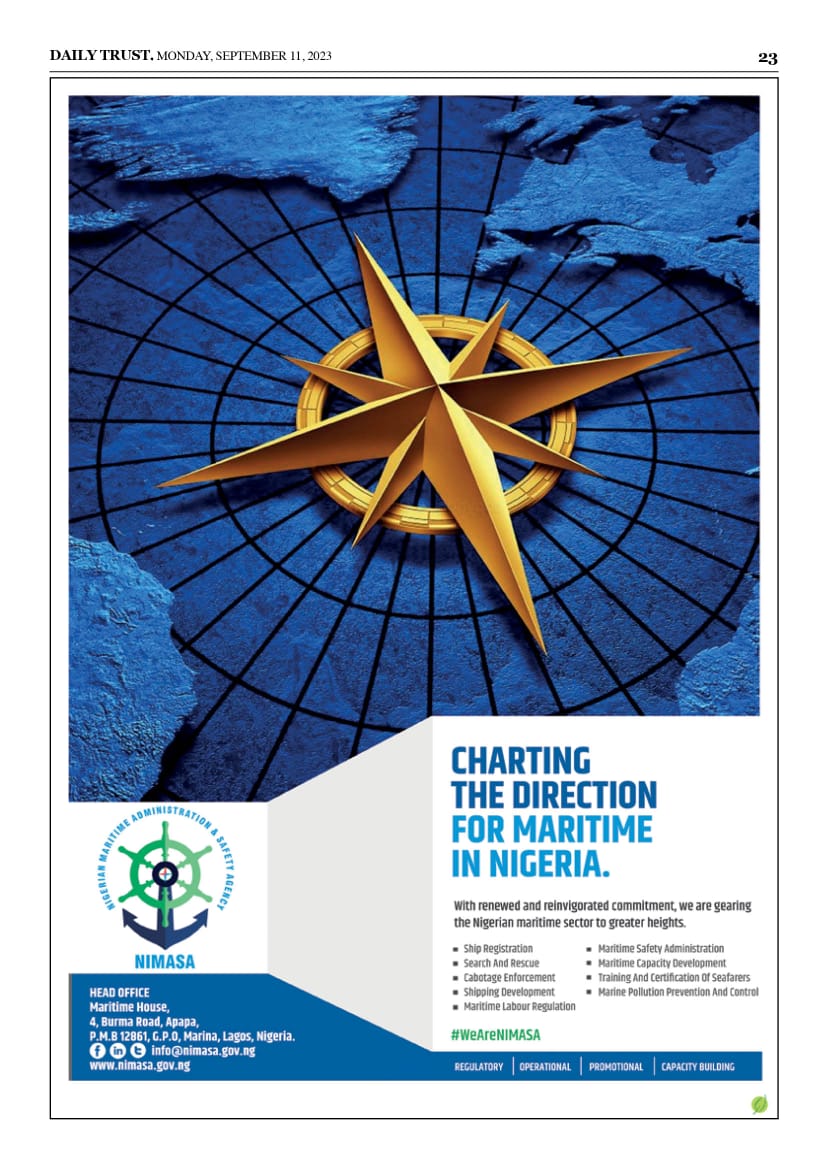By Tayo Joseph Lagos
In many cases, giant technology companies generate a large proportion of their revenue from the services they offer, rather than the consumer products they sell. While the distinction between a product and a service is sometimes blurred in today’s software-powered world, it might help to think of it as the things you can own vs. the things you can use.
The stalwart of Amazon’s business is its subscription cloud-computing subsidiary, Amazon Web Services (AWS). It provides storage, networking, database, analytics and developer services, among others.
In 2016, Amazon’s North America ecommerce business brought in $79.7 billion in sales, while its international ecommerce business brought in $43.9 billion and AWS brought in $12.2 billion. But when you adjust for profit, the weight shifts: Operating profits came out to $2.3 billion for North America and losses of $1.2 billion outside of the U.S. in 2016. AWS, however, brought in $3.1 billion in profits, according to the company’s
SEC filings .

In other words, while Amazon brings in the most cash from selling items online, it’s operating margin is pretty low. That’s because it sells products at low prices to fend off competition.
Meanwhile for Apple Inc, the iPhone is still king for Apple, responsible for an outsized share of the company’s revenue — $28.8 billion for 46.7 million units sold in the fourth fiscal quarter of 2017. The next-largest revenue category for Apple is “Services,” comprising “revenue from Digital Content and Services, AppleCare, Apple Pay, licensing and other services,” according to the company’s Q4 2017 data summary. “Digital Content and Services” include Apple Music and iCloud, as well as the App Store.

Microsoft, of the three segments by which bill gates company is run, the most profitable is “Productivity and Business Processes,” which encompasses Microsoft Office (commercial and consumer), LinkedIn and Dynamics (enterprise software). In fiscal year 2017 (ending June 30, 2017), Microsoft’s operating profit from this category was $11.9 billion. This amount increased $4 billion from fiscal year 2016 to fiscal year 2017, with $2.3 billion of that increase attributed to Microsoft’s acquisition of LinkedIn. However, Microsoft’s operating expenses related to the LinkedIn acquisition were also $2.3 billion, according to the SEC filing.









